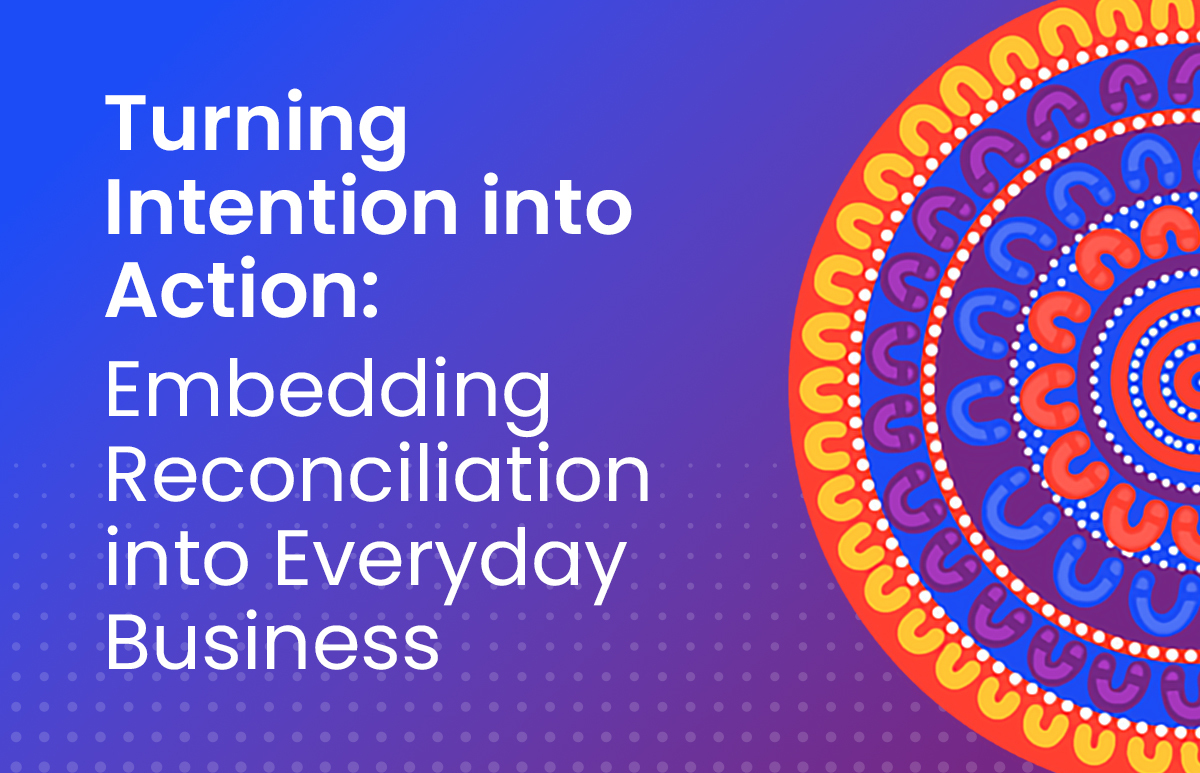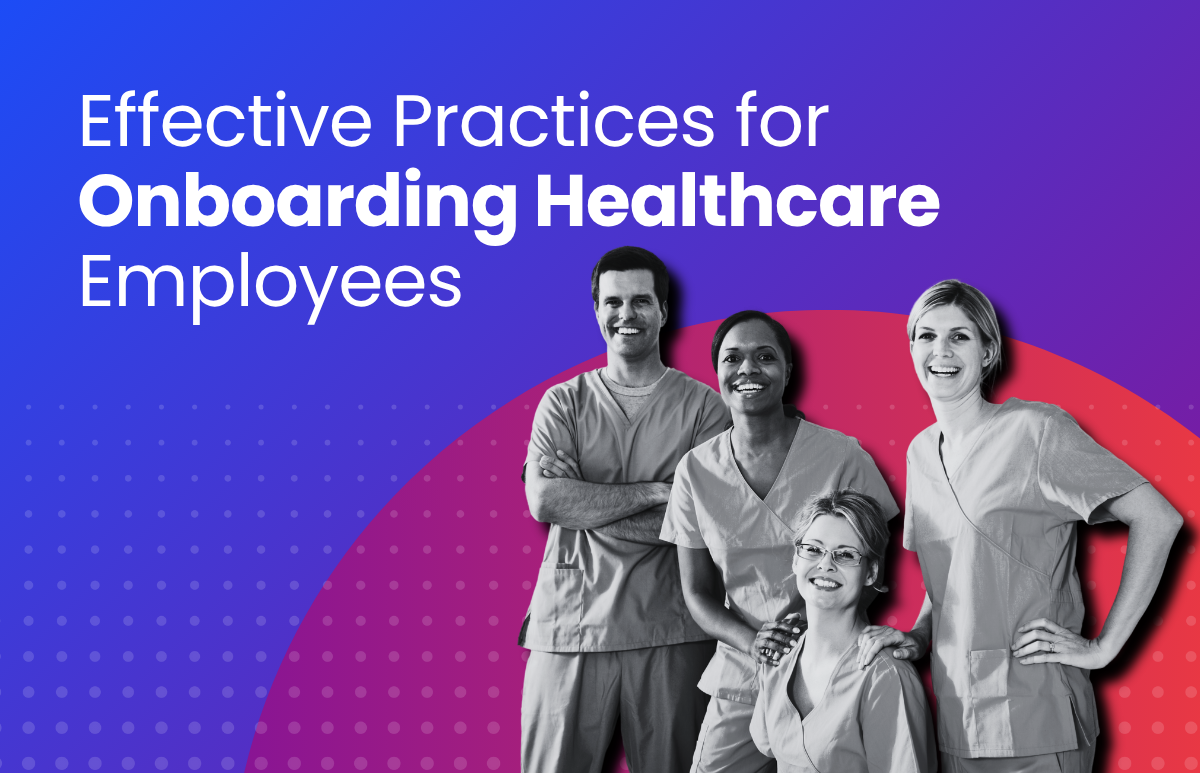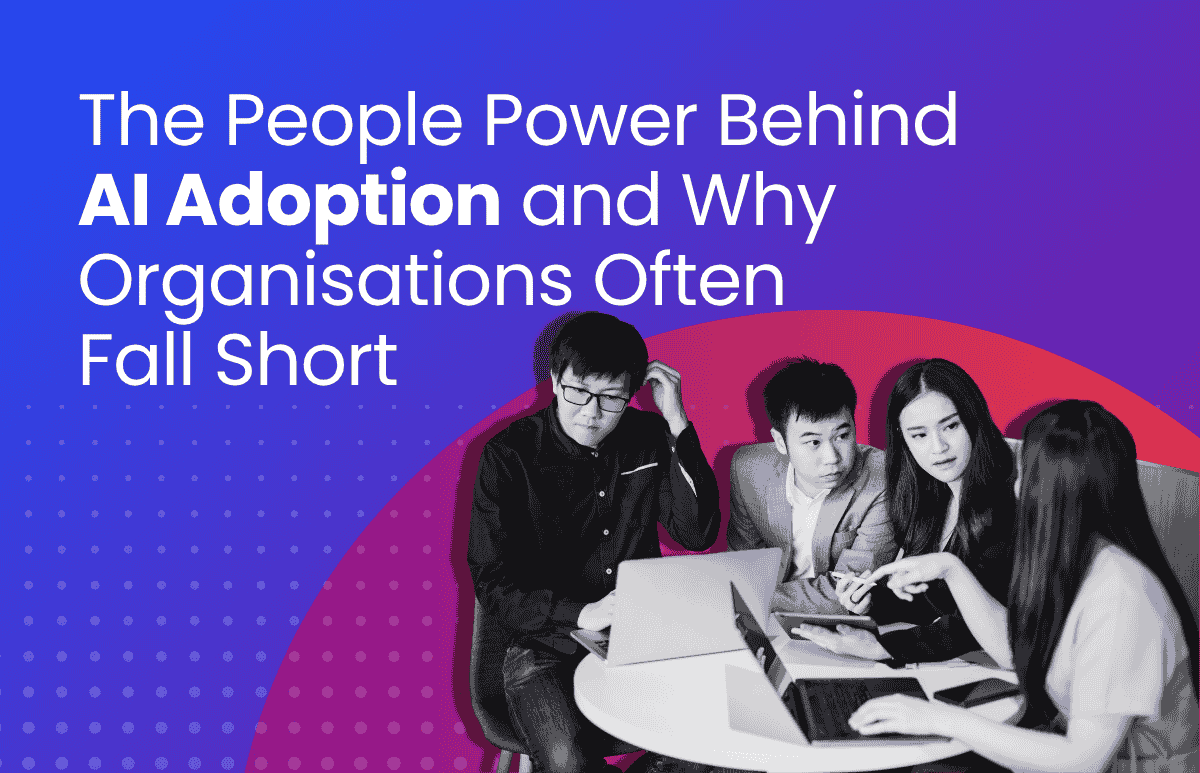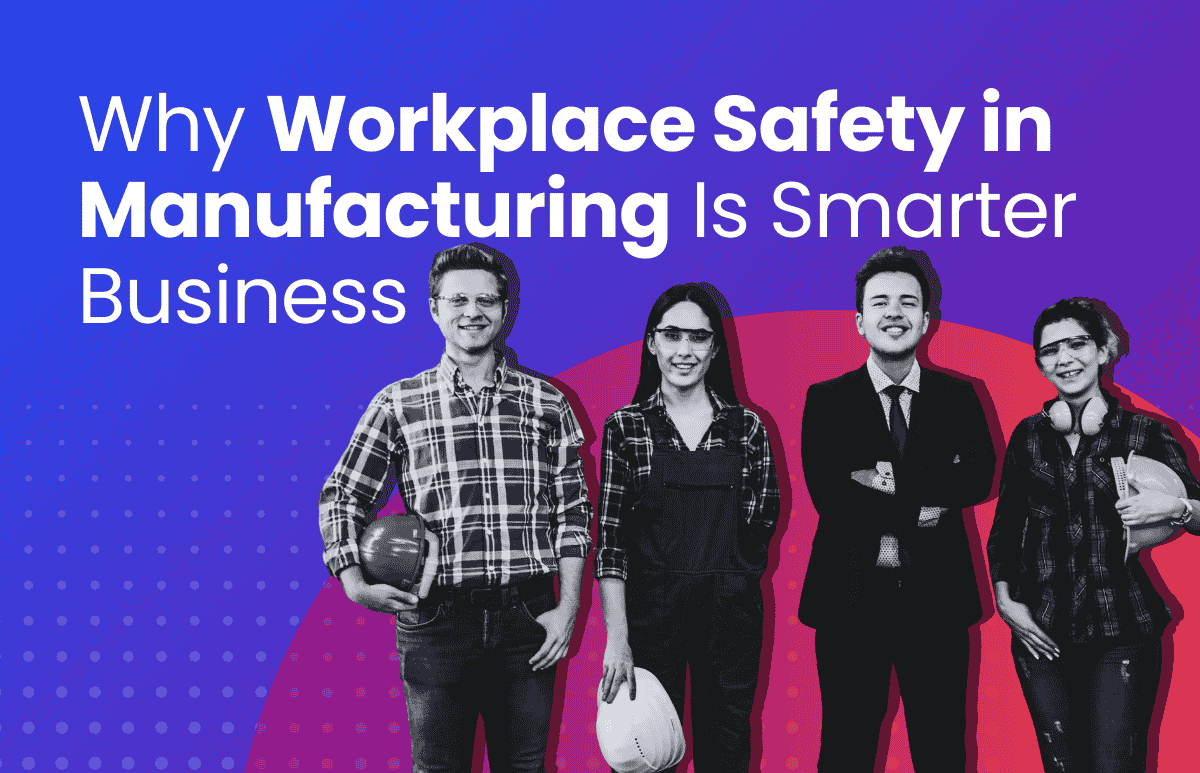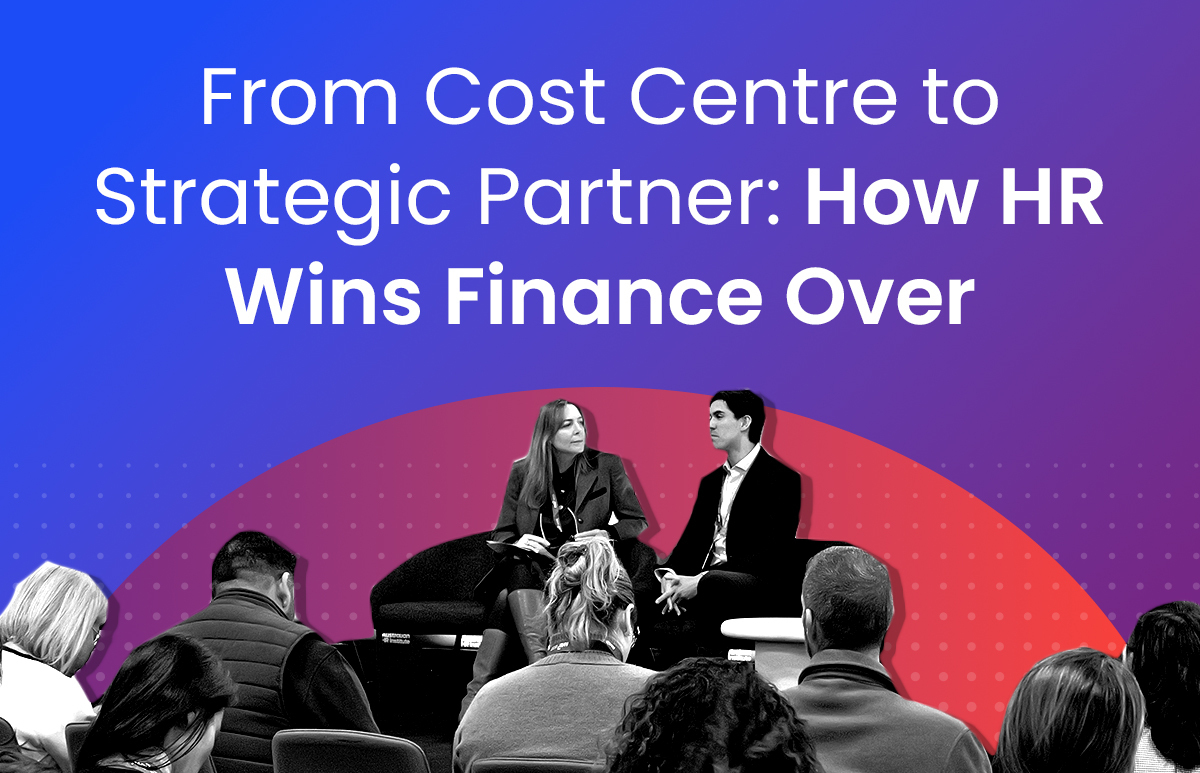Top 10 Benefits Employees Want
Australian employees certainly seek out a lot more from their current and prospective employers than just salary.
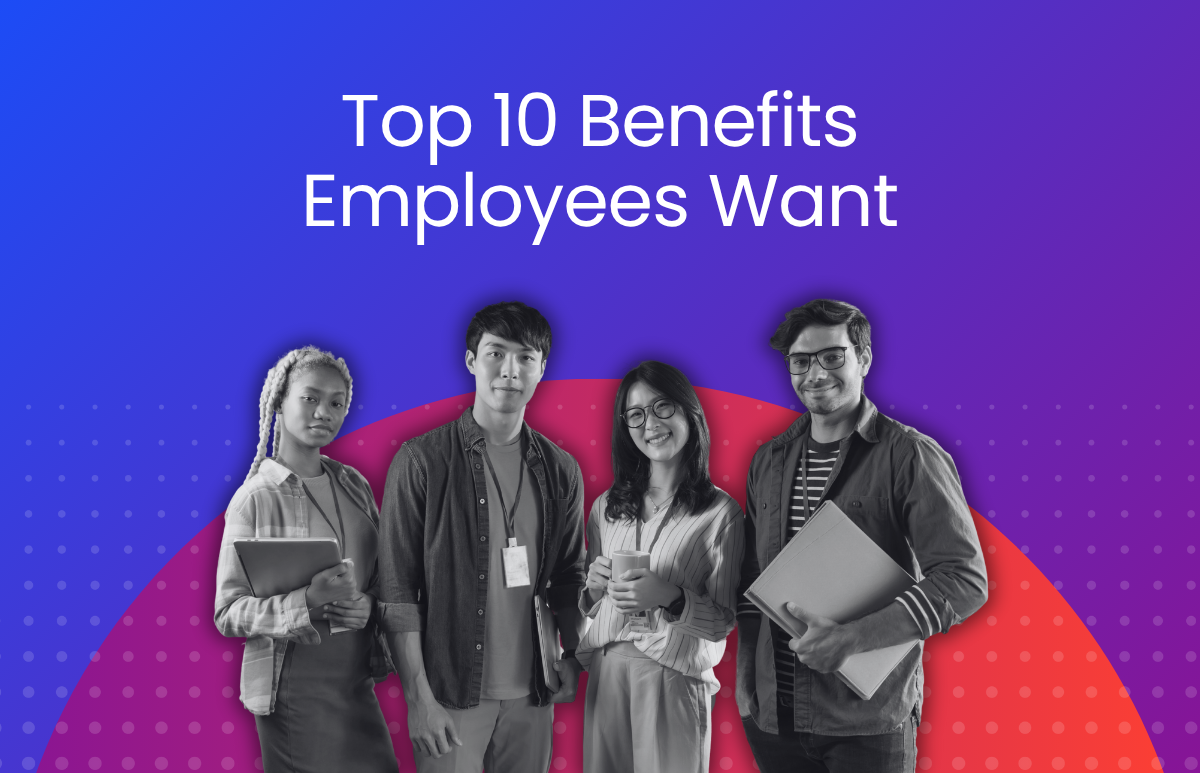
The (well and truly) post-COVID workforce desires, and to some extent expects, flexibility, wellbeing, and purpose. If you’re the kind of savvy and resourceful employer who delivers on these benefits, you’ll reap the rewards.
Any organisation in the country who leads the way in providing employee benefits outside of salary will find itself in the driver’s seat when it comes to recruitment, retention, productivity, staff culture and satisfaction. From remote working to professional development, here’s your definitive guide to the top ten benefits employees want in 2025.
1) Flexible working arrangements
You definitely saw this coming. It’s far beyond official at this point – hybrid work isn’t going anywhere. Flexible working arrangements is the main factor now for attracting and retaining staff, and a level of flexibility will be virtually expected in 2025 and beyond.
In fact, in our April Employee Sentiment Index (ESI) we found 60% of Australian employees valued ‘flexible work arrangements’most outside of pay.
What are employees looking for?
- The ability to work from home, at least part of the week
- Flexible hours that support family, study, or personal commitments
- Options like compressed work weeks or job sharing for even more freedom
Why does it matter?
It helps reduce burnout, supports parents and carers, and gives employees more control over their lives. Employers that meet these expectations, and communicate them clearly, will be winning on the talent front.
Pro tip: Make sure your flexible work policy is clear and accessible. Every company will want to design their hybrid structure, but there should be no ambiguity as to what that looks like, and communication lines and expectations should be clear.
2) Performance bonuses
When effort and results are rewarded, not just tenure and attendance, motivation and business profits follow. Performance bonuses are one of the most powerful ways to align employee goals with business outcomes, with tangible cash based reasons to go the extra mile and deliver results.
In our recent ESI we found that ‘performance bonuses’ were regarded as a highly valued benefit beyond salary. In Australia, it was ranked second at 56%.
What are employees looking for?
- Clear and measurable criteria for earning bonuses
- Regular bonus opportunities tied to KPIs or performance reviews
- Transparency around how bonuses are calculated and awarded
Done well, performance based incentives can drive accountability, lift productivity, and recognise excellence without relying on promotions alone. If you’re in a competitive industry, they’re a key tool for retention, especially when career advances and progressive salary increases take time.
Why does it matter?
Bonuses offer a direct connection between effort and reward. They help employees feel seen and valued for results, not just hours clocked. And from an employer’s perspective? It’s a flexible, high-impact way to boost performance and engagement.
Pro tip: Tie bonuses to both individual and team goals to encourage collaboration as well as personal achievement. And don’t forget to communicate the “how” and “why” behind the program. Clarity is key here.
Check out our whitepaper on how to align pay, performance and profit to learn more.
3) Professional development and training
Employees aren’t just working for a paycheck, they’re also building their careers. That’s why growth opportunities rank so highly on their list.
In our ESI ‘learning and development’ was a top performer in what employees valued outside of pay, ranking third on Australian employees’ lists at 43%.
What are employees looking for?
- Funding and time for courses or certifications
- Access to mentorship, coaching, or leadership training
- Support for attending conferences and industry events
When you invest in learning and development, employees feel valued and are more likely to stay. It’s a win-win really.
In Australia, this can include linking learning to Vocational Education and Training (VET) pathways or offering study leave as part of an enterprise agreement. It can also mean leveraging Learning Management Systems to deliver easy training at your employees’ leisure.
Why does it matter?
According to ELMO’s Chief People Officer, Kate Wilkinson ‘By proactively implementing initiatives like internal secondments and rotation programs, you can foster talent agility, enhance expertise, and break down silos across the organisation.” Organisations with strong L&D programs see higher internal mobility and lower recruitment costs. Plus, it shows your team there’s a future for them within your business.
4) Mental health and wellbeing support
Workplace wellbeing isn’t just nice to have, it’s essential. Today’s employees are actively seeking out companies that take mental health seriously.
What does support look like?
- Access to a confidential EAP (Employee Assistance Program)
- Mental health days or wellbeing leave
- Counselling sessions, either in-person or virtual
- Wellness budgets to spend on gym memberships, meditation apps or similar
One in five Australians experience a mental health challenge each year (Black Dog Institute), so offering structured support makes a real difference.
Need help getting started? Organisations like Beyond Blue, R U OK?, and Heads Up offer free toolkits for employers.
It’s not just good for your people, it’s good for business, and for you. Happier, healthier employees are more productive and more engaged.
5) Additional superannuation contributions
Retirement might seem a long way off for some, but for many Australians, especially Gen X and older Millennials, it’s a growing priority. In a realm where housing is becoming unaffordable and savings are being pinched by soaring costs of living, super is increasingly important. That’s where employer super top ups can really shine.
What do employees value?
- Extra employer contributions above the standard 12% (from 1 July 2025_
- Salary sacrifice options to help boost their retirement savings
- Tools or advice to understand their super fund
It’s a high impact benefit that shows you’re thinking about your employees’ long-term financial wellbeing.
Pro Tip: Make sure you’re across concessional contribution caps and ATO salary packaging rules to stay compliant.
6) Paid parental leave (for all parents)
Supporting families makes excellent business sense. Offering extended or more flexible paid parental leave (not just for mums, but for all caregivers) helps create a more inclusive workplace.
What do employees want?
- Extended paid parental leave for both primary and secondary carers
- Flexibility to take leave in blocks, or combine it with part-time return-to-work options
- Continued access to benefits like bonuses or super while on leave
The Australian Government’s Paid Parental Leave Scheme provides a baseline, but many employers are going above and beyond to offer top ups or full pay for a longer period. It can be extremely attractive.
Supporting all kinds of families, from birth, adoptive, foster, and LGBTQ+ parents, demonstrates that your organisation genuinely walks the talk on inclusion.
7) Recognition and reward programs
This is pretty simple and understandable, people want to feel seen and appreciated for the work they do. This can be handily attended to with reward and recognition programs. Recognition doesn’t need to be flashy either. But it does need to be consistent and genuine.
What do employees appreciate?
- Peer nominated awards or shoutouts
- Service milestones with meaningful recognition
- Vouchers, experiences or gifts
- Public recognition through platforms like ELMO’s Reward and Recognition
Why does it work?
Recognition taps into intrinsic motivation and boosts morale. And when done right, it reinforces positive behaviours and a strong culture.
Looking for a scalable solution? A cloud-based platform can help automate and personalise recognition across your team.
8) Health insurance and extras
Health is always top of mind, especially in your older employees’ minds. Additionally, amid a clear cost-of-living crisis, employer-sponsored health cover can be a major drawcard.
What do employees value?
- Subsidised or fully paid private health insurance
- Extras like dental, optical or physiotherapy cover
- Flu shots, skin checks, or annual health screenings at work
In Australia, fringe benefits tax (FBT) can apply to health insurance, so it’s worth checking with your payroll or finance team to structure benefits appropriately.
Even smaller perks, like onsite wellness events or discounted gym memberships, can go a long way in supporting staff health and elevate your organisational value in their eyes..
9) Leave options beyond the minimum
Annual leave and personal leave are a given, and firmly enshrined in Australian employee law. However, standout employers are also offering creative and meaningful leave options that reflect modern life.
Here are a few examples:
- Birthday leave, because who wants to work that day?
- Wellbeing leave, to reset or recharge in cases of plain burnout
- Volunteer days, so employees can give back to causes they care about
- Cultural or religious leave, to celebrate significant days
Not every leave type has to be paid, although if you can, it will be of greater value. Even offering the option shows that you recognise employees as whole people with lives beyond work.
And yes, it really is okay to offer a mental health day without requiring a doctor’s certificate.
10) Purpose and values
Younger employees in particular want to work for companies that align with their values. It’s pretty clear that purpose-driven organisations see stronger retention and engagement.
What are they looking for?
- A clear social or environmental mission
- Opportunities to volunteer or donate through work
- A strong focus on diversity, equity and inclusion
- Transparent sustainability practices
If you have an environmental or social agenda and strategy, shout it from the rooftops. Make sure you get your people involved and give them the opportunity to have a role in delivering it. This can be green committees, volunteer groups, community partnerships or internal advocacy.
This kind of altruistic purpose helps connect daily tasks to something bigger. And that’s a powerful motivator.
Let’s not forget competitive pay
Well here’s a final surprise, employees value decent pay! Let’s not forget the basics. Even with great benefits, employees expect their pay to be fair, transparent, and reflective of their value.
What makes a difference?
- Regular salary reviews, not just during performance appraisals
- Transparent pay structures that align with market benchmarks
- Bonuses, incentives or share schemes tied to clear KPIs
- Discounts or perks like technology allowances, phone plans, or travel cards
Salary transparency is gaining momentum in Australia, with calls for greater equity and reporting. Being upfront with your pay philosophy builds trust and in particular, helps close the gender pay gap.
Want to ensure your pay is fair and performance based? Use a tool like ELMO Remuneration to benchmark salaries and make data-led pay decisions.
Final Thoughts
Employee expectations are evolving and so is the definition of a ‘great place to work’. By offering a mix of flexibility, purpose, wellbeing, bonuses, rewards, and competitive pay, you can attract top talent and keep them engaged for the long haul.
The best part? You don’t need to do it all at once. Start with a few meaningful changes, listen to employee feedback, and build it out from there.
 HR Core
HR Core 

